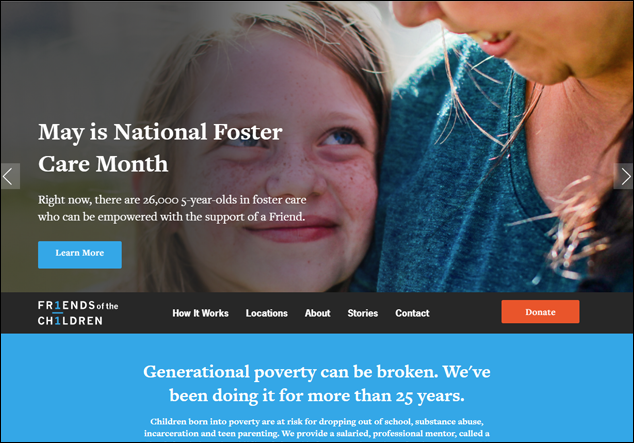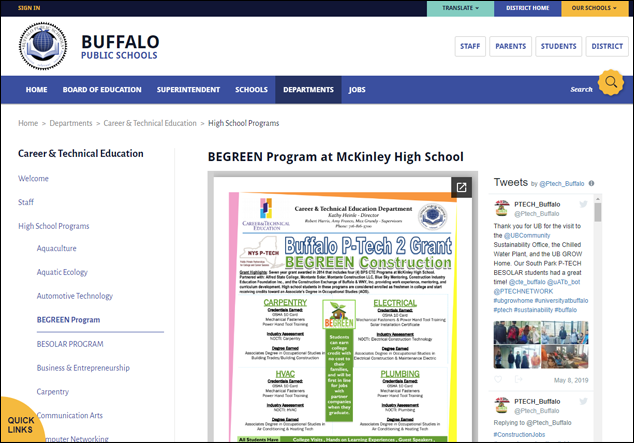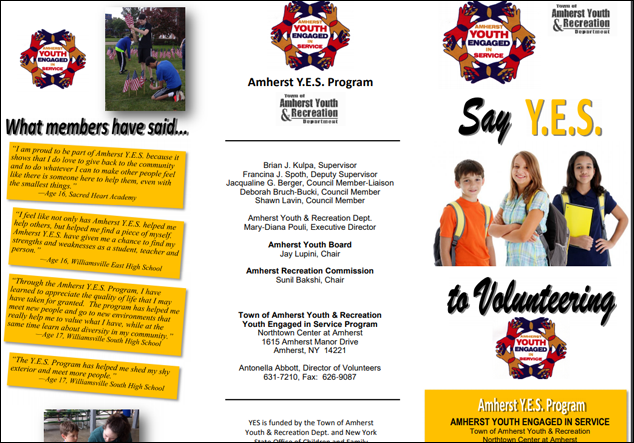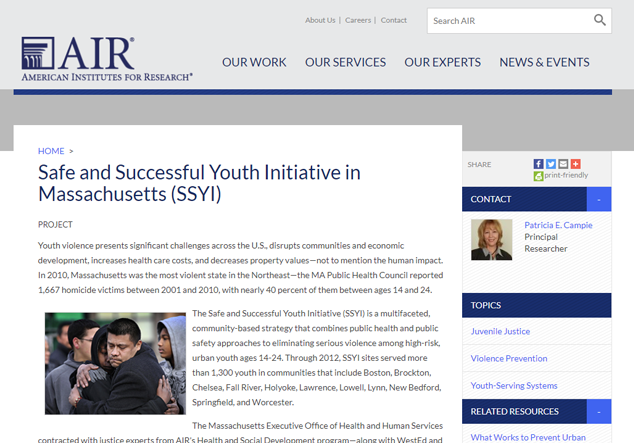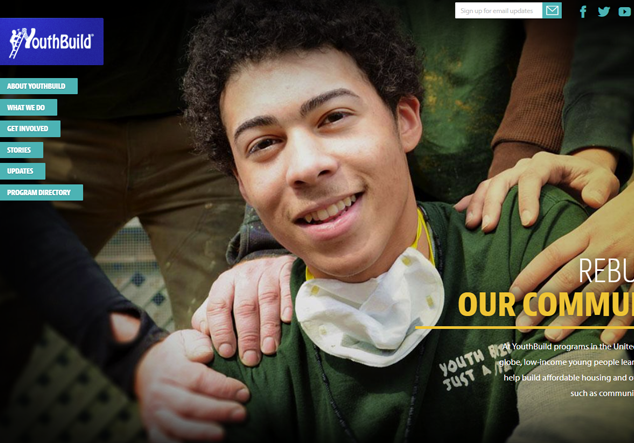Why This Strategy Matters
More than one out of every five children in Buffalo Niagara, over 50,000, live in poverty. These children are more likely to live with single parents who often work multiple jobs to support their family, limiting their time at home. Children in poverty are concentrated in urban areas with legacies of disinvestment and limited economic opportunities. Based on insights from residents, children in these neighborhoods sometimes see illegal activity as the best way to make money. Without intervention, children raised in poverty are more likely to struggle in school, drop out, and continue the cycle of poverty. Afterschool and summer programs can give youth constructive ways to spend their time while gaining positive influences and skills that can lead to a bright future.


